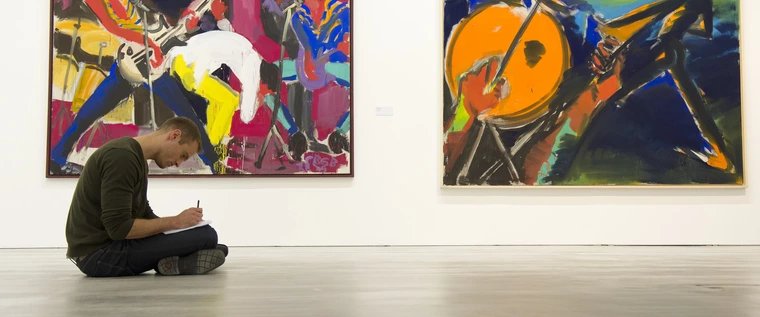
The exhibition ‘Alchimia and Italian Radical Design’ is the first major retrospective of this important 20th-century movement. If Bauhaus and German modernism were the milestone in the first half of the century, Alchimia and Radical Design are the great turning point in the second half of the century.
Similar to Germany, Italy also had to struggle with the fascist legacy. Although this was hardly discussed after the Second World War at first, a young generation in the 1960s was no longer willing to accept the silence. Unlike in Germany, design was also affected by the 1968 movement in Italy.
In the second half of the 1960s, a whole series of design groups were founded in rapid succession, such as Archizoom (1966–1974) and Superstudio (1966–1978).
The social role of design was fundamentally questioned, and with it the attitude of rationalism, which was particularly promoted by fascism in Italy and corresponded to German functionalism.
While the National Socialists had tended to fight German Bauhaus functionalism, the Italian fascists had promoted rationalism.
From the point of view of the young generation, a shadow therefore hung over the internationally very successful Italian design of the 1950s and early 1960s, its positions and ideals were tainted.
That is why people tried a completely fresh start and propagated radical design.
The aim was to become independent of industry, and groups were formed. Together they were stronger and could design collectively.
The iron rules of rationalism, which had seemingly defined the ‘good form’ once and for all, were thrown overboard and in their place furniture emerged as experimental ideas, as culturally specific visions.
The Alchimia group, founded in Milan in 1976, took the various approaches of the 1960s to perfection and great international success.
The exhibition ‘Alchimia and Italian Radical Design’ focuses on this genuinely Italian movement.
It begins with the two groups Archizoom and Superstudio, places an emphasis on the Alchimia group, and offers an outlook at the end with Memphis and the further development of this movement in the 1980s and 1990s.
This rethinking process in design, which was initiated by Italian Radical Design, was formative for the subsequent development of design worldwide.
The New German Design of the 1980s, but also designers such as Phillippe Starck, Ron Arad or the Bouroullec brothers would not have been possible without the revolution of Italian design.



